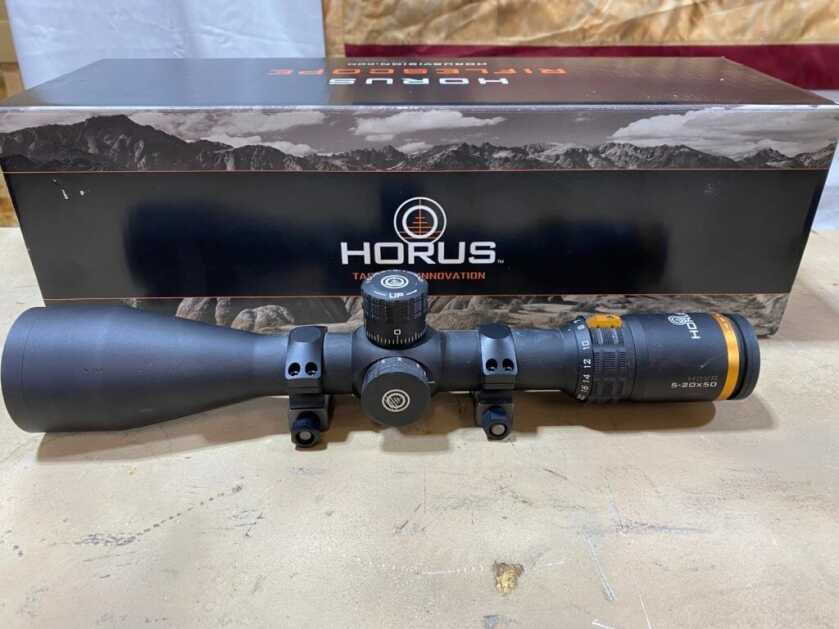
It has been a long testing process, but this week we are finally ready to pass judgment. The new bundle deal from Horus Vision is not only the best value today, but the best value I have ever seen if you want to get into long-range shooting. Which is a bold statement, no question. But months of use combined with access to nearly everything else on the market backs it up. Now I’m not saying the bundle will get you on the podium at King of the Two Mile or PRS Nationals. But I am saying that if you are looking to get into the game without a massive investment, this is the way.
The only fair way I can think of to talk about the components of this deal is to tell you all the bad, followed by why I still believe it is the best value around. This mostly means comparing it to WAY out-of-class competing equipment, so you can make an educated decision. For reference, starting out at long-range shooting with the top-of-the-line scope, weather meter, and range finder would set you back $5000-$7000 depending on brand preference. Or more. The upper limit can start getting absurd with things like the Vectronix PLRF range finder, which alone costs $9300.
Without further ado, let’s look at the components of the Horus Bundle.
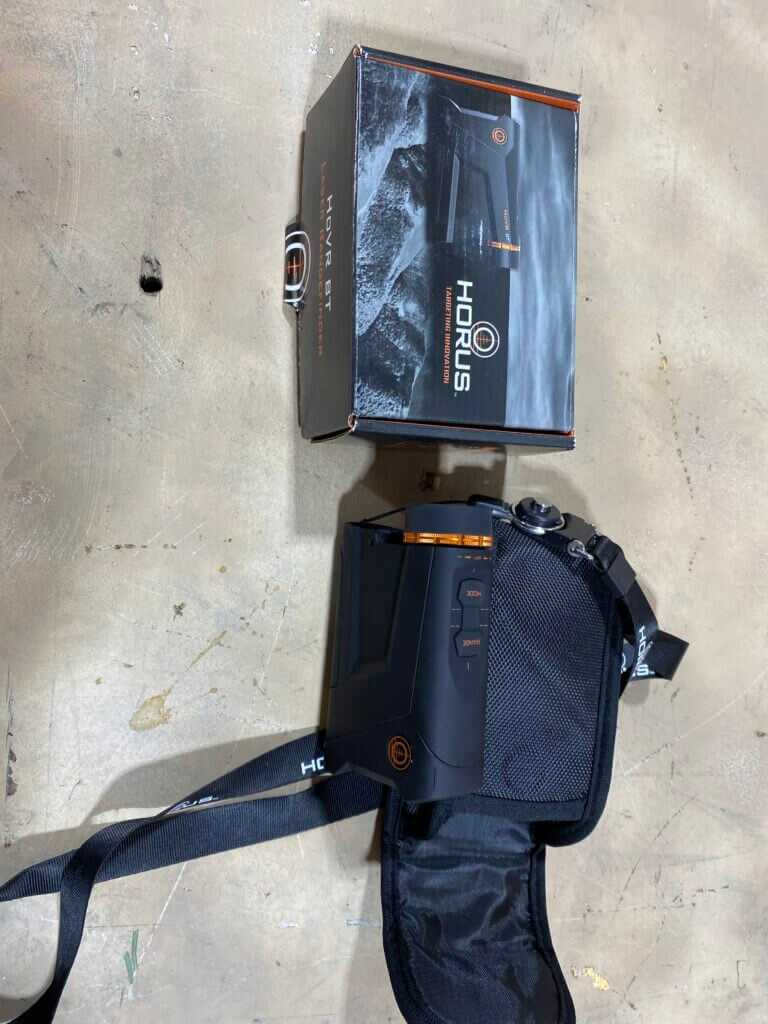
Range Finder
The Horus range finder is a 6x device, with an advertised range of 2000 meters. Which gets us into the second biggest lie in long-range shooting, immediately after bullet makers advertised Ballistic Coefficient. The range a device will work against something like say, a reflective coated school bus sitting in a contrasting background, is different than a real world target. What it actually comes down to is the quality of the laser, and processor speed. The laser works much like radar, by reading the splash back when you hold it on an object. Therefore, a very tight laser pattern matters, which is expensive to make. You can tell a lot about the quality of a range finder, generally, by how fast it processes a range.
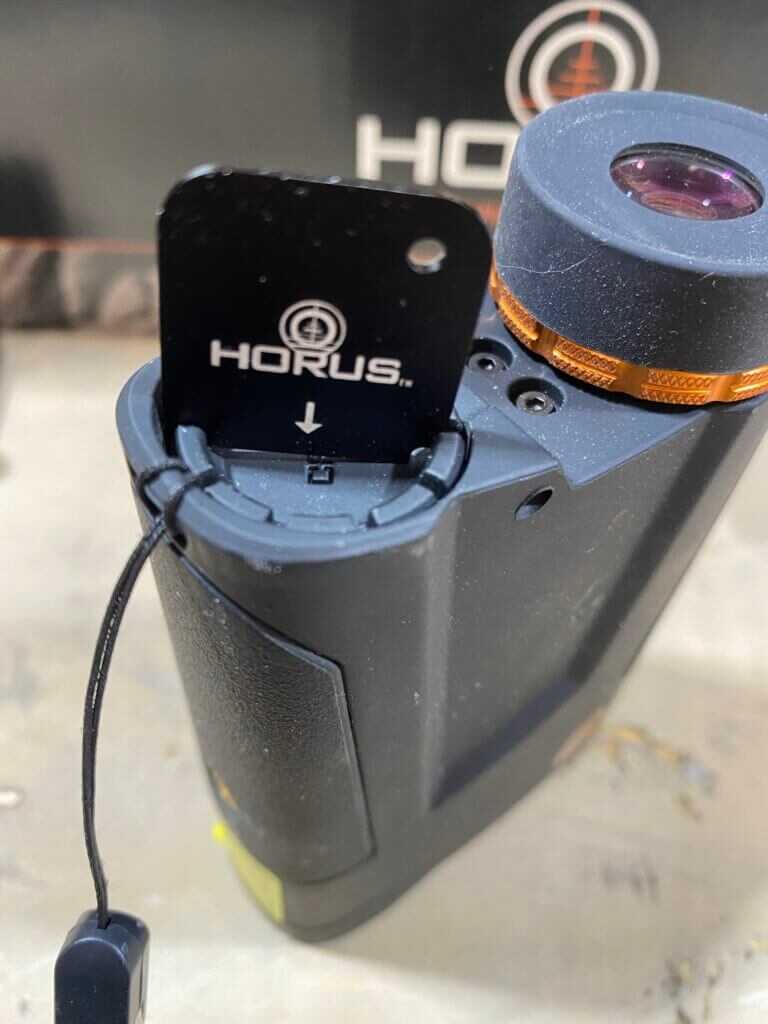
And in that regard, the Horus is on the slower side. Not only does that mean you have to hold it steady longer, but it doesn’t reach as far in real world use. If I hold it up next to my SIG KILO 2400, the SIG will blow its doors off in both speed of acquisition and range limit. But, that SIG also costs $1300 by itself. As for realistic use, which depends on a lot of external factors like dust in the air, target, etc, I find the Horus starts falling apart between 1000 and 1300 yards. Which isn’t necessarily a deal-breaker. That is definitely legit for an entry-level product, as well as 3/4ths of the nation doesn’t even have a place to shoot longer range.
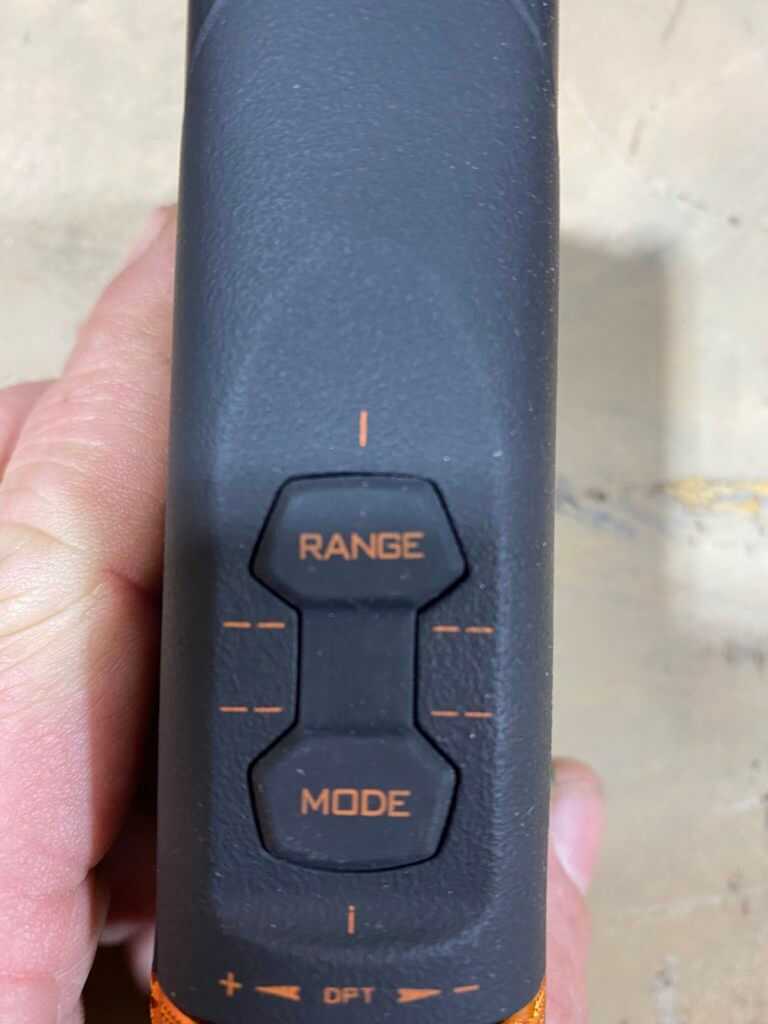
I do have one odd complaint about the Horus Range finder. The amount of muscle needed to depress the activation button. That might sound stupid if you have never owned a range finder, but it does matter. Just like a heavy trigger will pull you off target, a heavy range button has the same effect. It makes getting an accurate range at the limit of the device very difficult. It may break in with time, but something you should be aware of.
All that said, the Horus range finder is good enough to get you started, act as a backup for normal range shooting or hunting, and isn’t going to break the bank.
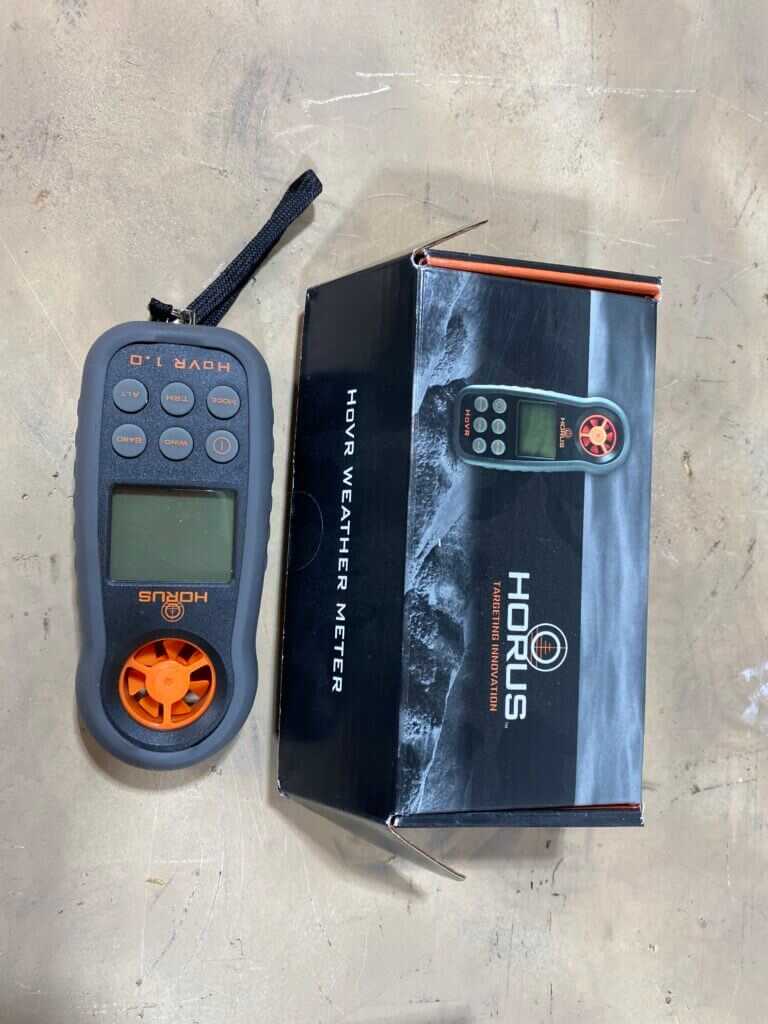
Weather Meter
The reality of modern long-range shooting is that you have to know the density altitude where you are shooting. We have known for decades that altitude and temperature affect the flight of our bullet. Thinner air, less resistance, etc, all have a part to play. But until recently, we didn’t really understand that atmospheric pressure could vary to a huge degree irrelevant of physical altitude. Pilots know this and can tell you that the air at sea level in Florida can be such that it is actually like taking off in Denver. If you don’t know the atmospheric conditions right where you are standing, you might as well take your ballistic solver and use it to play Tetris instead.
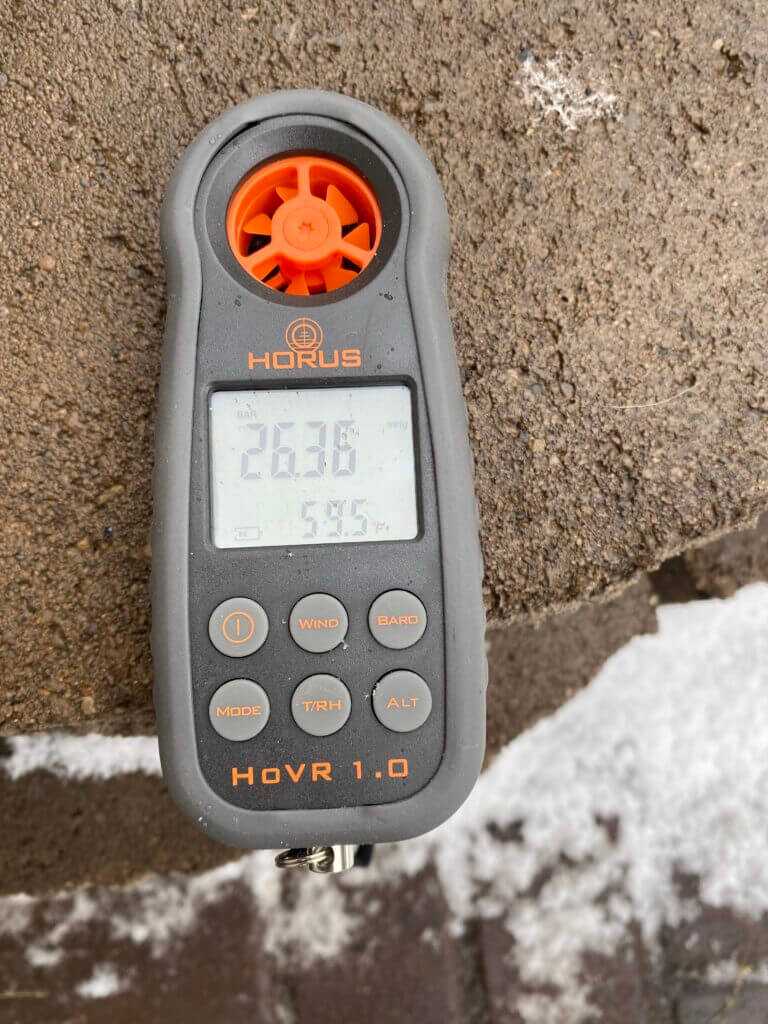
The market leader is a Kestrel Weather Station, loaded with either Applied Ballistics or Hornady 4DOF depending on taste. With a price tag of $699 and $499 respectively. How does our Horus model compare?
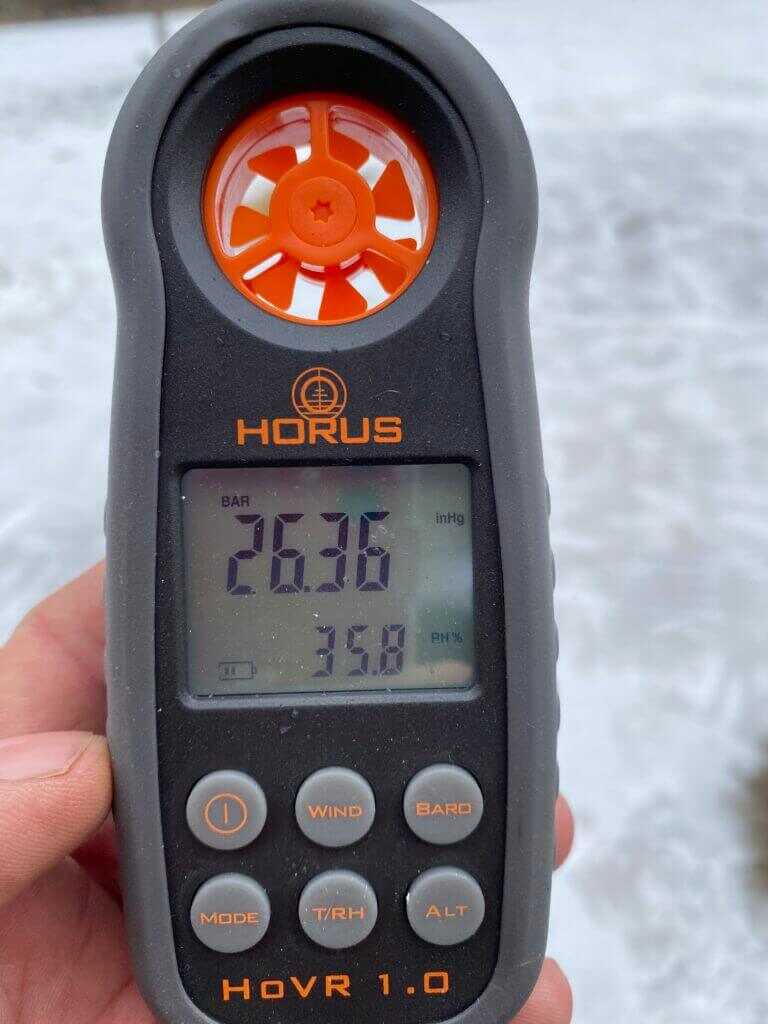
Well, for starters, the Horus brand one doesn’t have a ballistic solver built-in. You have to download the app for your phone. It does the Blue Tooth link, or you can manually enter the data from the weather meter. It means you have to carry one more device, but it also means Horus didn’t have to build the computing power to run it into the weather meter. And it does work quite well.
For a hardware comparison, things are a bit murkier. While the Horus model does read the same as a Kestrel in my tests, it takes longer to get there. Like 4 to 5 times longer to adjust the temperature from my warm garage to my not warm front yard. We can safely assume the Kestrel is using better components. But…I find the Horus version acceptable. It isn’t all that often you are going to have a 50-degree temperature swing in one second on the range. Provided you give your Horus weather meter a minute to adjust after you check the atmospherics, it will be just fine.
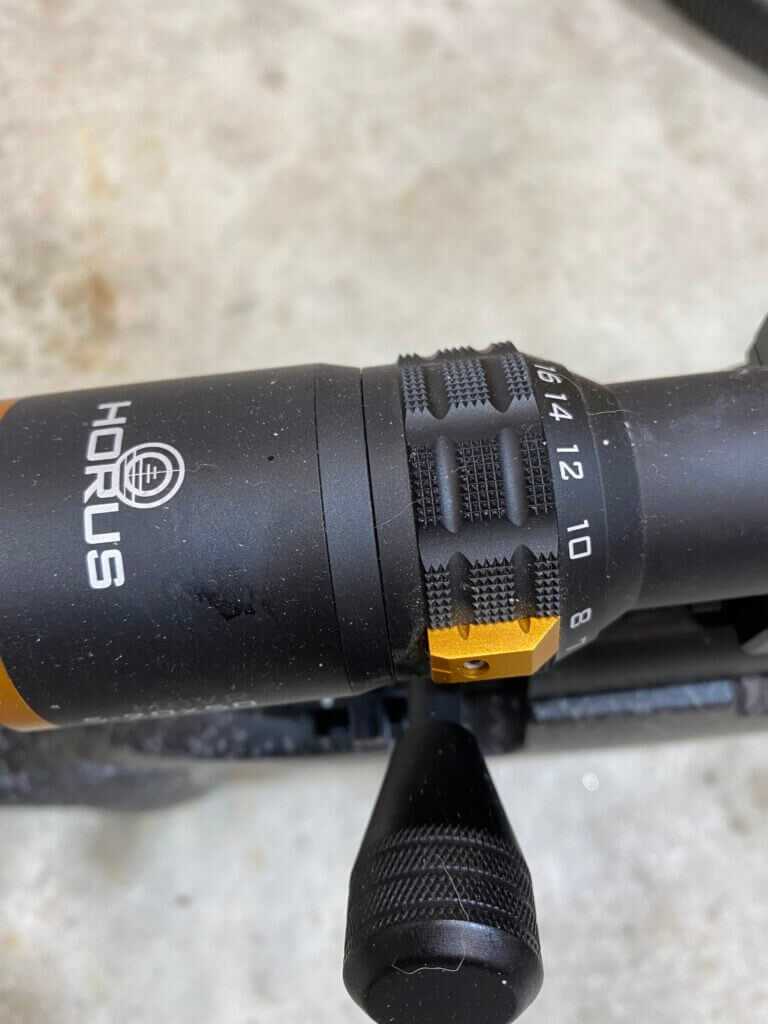
The Scope
This is the meat in the sandwich and the real value of the package. The HoVR 5-20 x50 is a scope worth the price of the bundle alone, and then some. This isn’t actually Horus Visions’ first foray into the scope world. In the mid-2000s, Horus actually did have a line of scopes, the only affordable way at the time to get a Horus Reticle. And while those older Horus scopes were okay, the glass was definitely not the best. Did they work? Yes. I have a friend from the 3rd Special Forces Group with a pair of 1700 meter kills using a borrowed Horus, kind of definitive on worked. But you did pay a bit of a penalty in clarity of the optic.
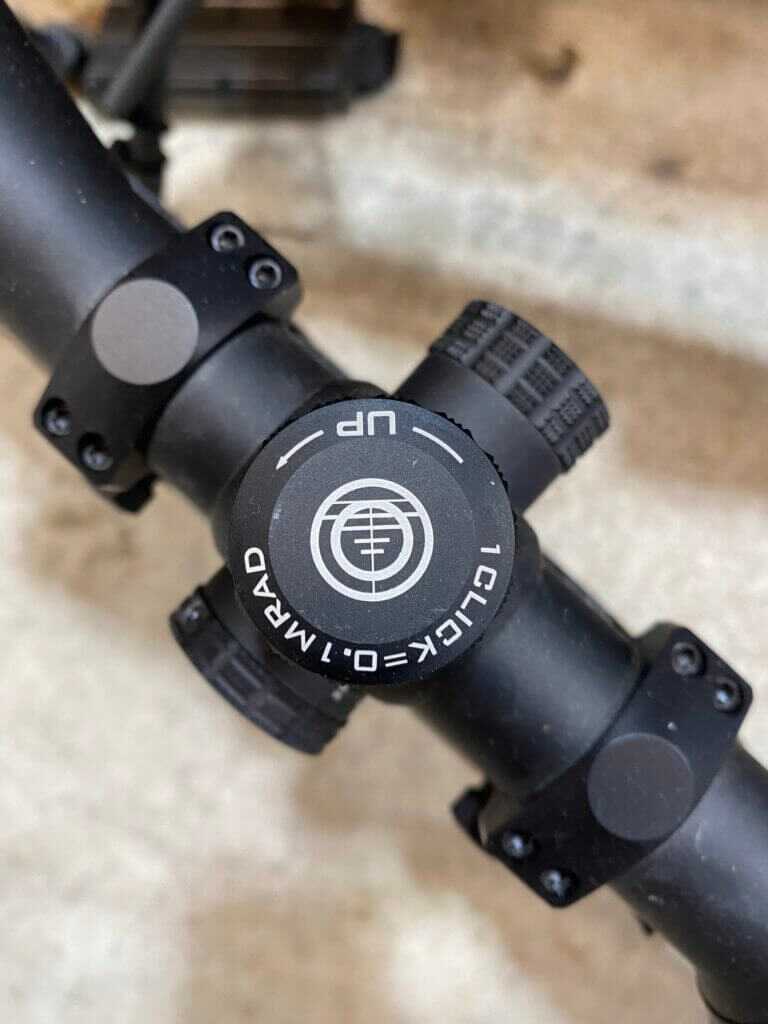
Well, that day has passed. The new Horus Vision glass is absolutely stunning. Looking through it, you will swear you have a $3000 optic in your hands. It is that good. Complete with the new Tremor 5 reticle, this scope is good enough for 2000 meters and beyond. It tracks true, clarity is amazing, and I have no doubts about its durability.
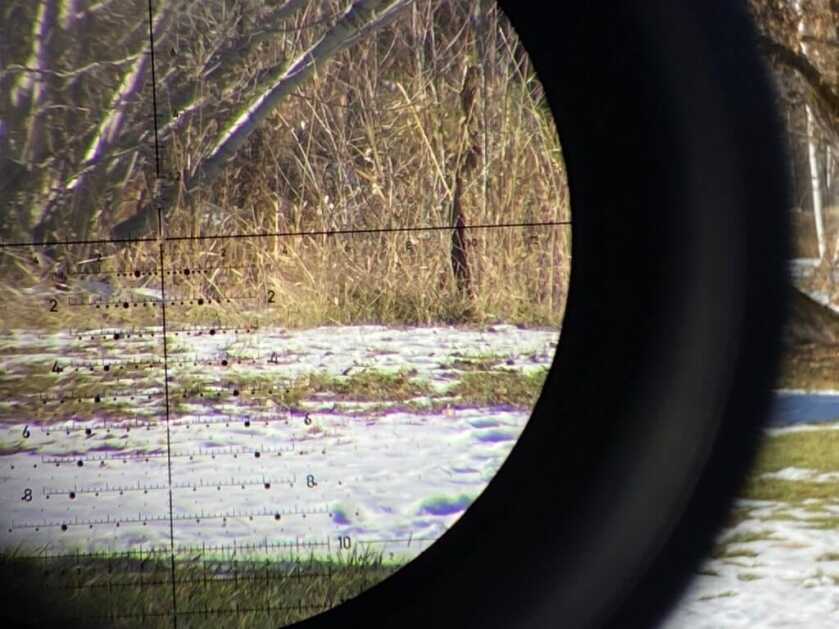
If you don’t know about Horus reticles I strongly suggest you look into them. When they say they are the official reticle of USSOCOM, that isn’t an exaggeration. Starting from an introduction in about 2005, Horus now dominates the entire sniper family of both SOCOM and the USMC. I wouldn’t dream of owning a scope that didn’t have one of the variants (H27 through Tremor 5). I would rather have the Horus Vision with an H-58, even the old fuzzy glass model, than a Schmidt and Bender with a regular Mildot. It makes that much of a difference.
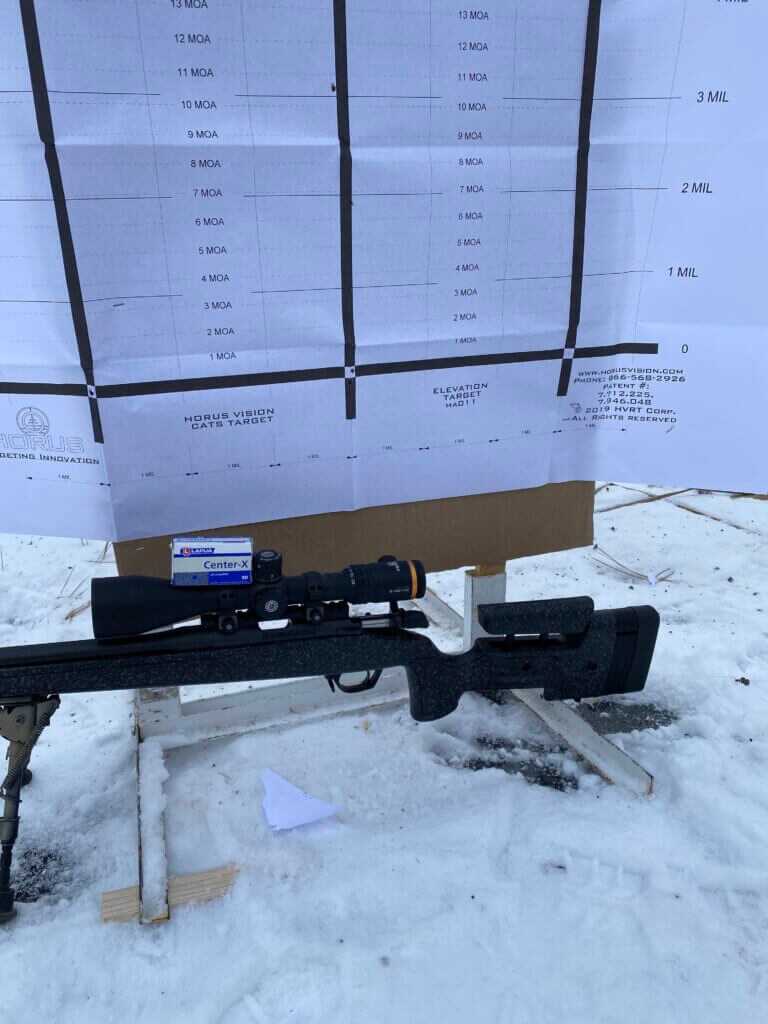
This bundle is absolutely amazing and offers everything you need to get started. At a price right now of $1599, this deal absolutely cannot be beaten. If you have been waiting to get into the precision game, this is the only way to fly. I strongly suggest you get on it while the getting is good.

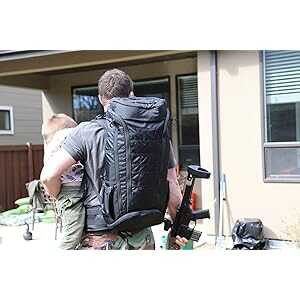
The Horas scope looks like it would perform well and I’d give it a try. But why do I get the feeling that the “bundle deal” is nothing more then a marketing ploy to get someone to fork over $1500.00 for a scope that could be had for around $5-600. you really don’t need a range finder, That’s what a scope is for and an anemometer is just another toy. Taking a wind/ temp reading at your location serves little purpose when what matters is what’s half way down range and at the mark.